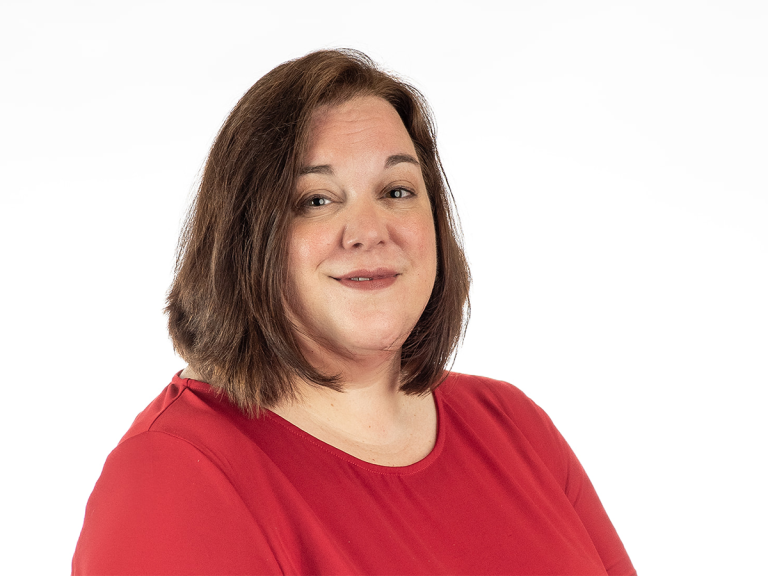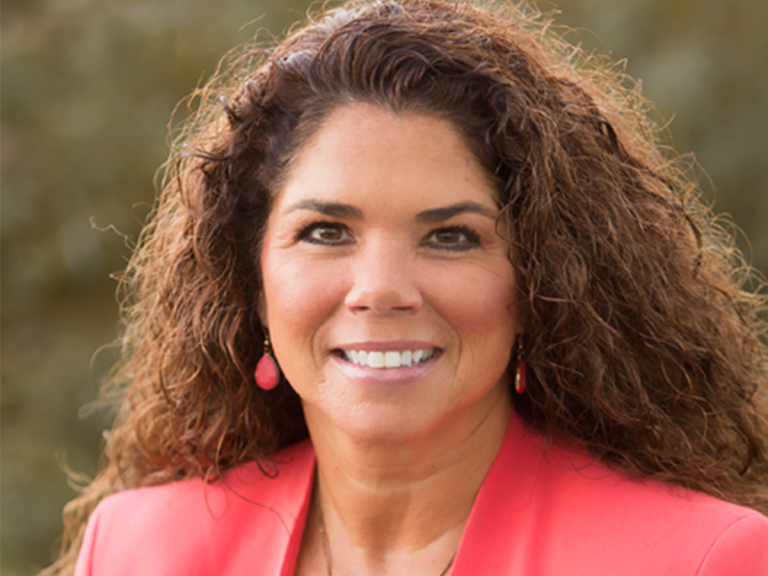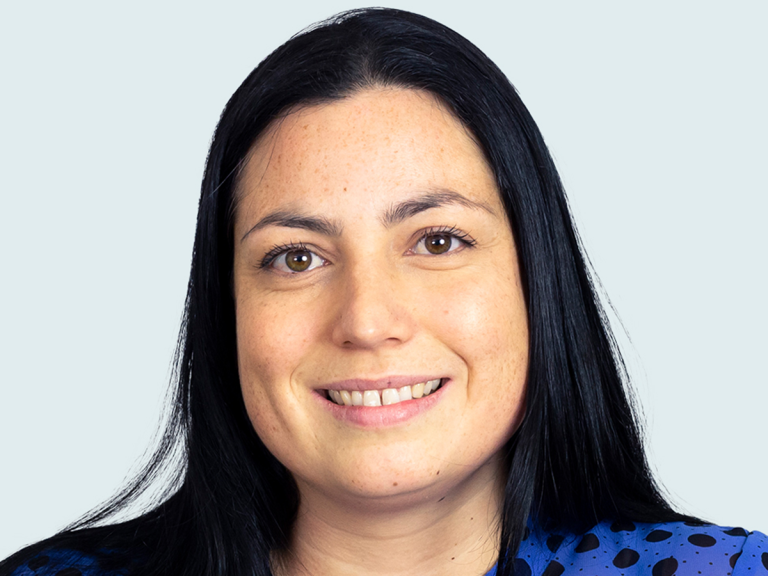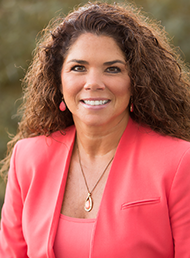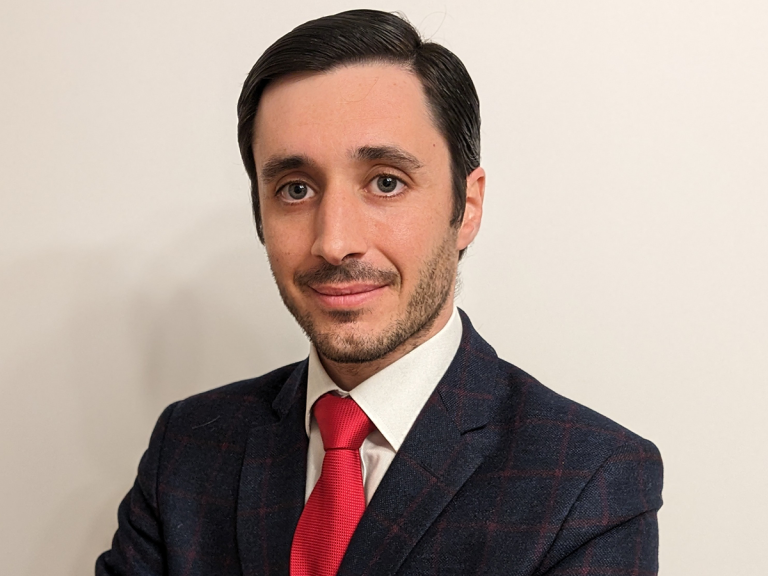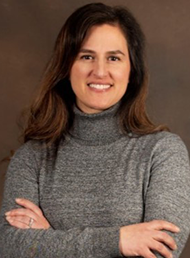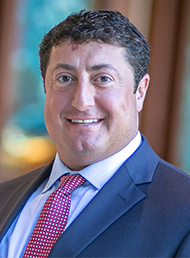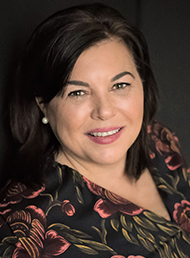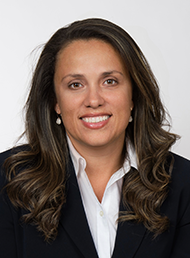Hard market and healthcare landscape driving MSL captives
Can captives help control medical costs?

On a recent episode of the Global Captive Podcast, Richard asked me “can medical inflation be easily controlled when using a captive to underwrite medical?”
Nekisha Tyrell, chief underwriter at HSBC’s captive, and I both gave what I would call “a knowing laugh”. And it certainly wasn’t because it was a bad question from Richard, but I think it was the word “easily” that got us.
Medical inflation is one of the biggest topics in the global employee benefits industry and thousands of insurance professionals around the world spend their time studying it to ensure they’re effectively pricing their medical benefits.
I understand that not everyone will be familiar with this topic, so before we delve into the role captives can play in managing medical inflation, let me take the conversation a little bit back to basics.
What is medical inflation?
Simply put, medical inflation is the rise in the cost of medical treatment from one year to the next.
Generally, medical costs rise year on year as treatments get more expensive. New drugs, treatments and technology all help to make healthcare more effective, but that comes at a cost.
And, of course, healthcare isn’t immune to general inflation trends either. Lots of things that contribute to the delivery of healthcare rise in cost every year too, like transport, energy and employee salaries, to name a few examples.
All of these contributing factors play into the final price of treatments and healthcare services and are included in overall medical inflation.
Ultimately, this means that medical inflation tends to outpace general inflation and rises at a faster rate. And just like general inflation, medical inflation can differ significantly country-to-country and region-to-region, making it a substantial challenge for multinationals writing medical insurance in a global programme to keep on top of it.
Medical insurance is also wide-ranging, adding another layer of complexity. Because medical insurance is a more used benefit than something like life or accident insurance, there can be thousands of claims to manage.
These can vary from surgeries and other inpatient procedures for serious conditions, to more common claims like dental, optical and physio that anyone could need anytime.
The increased incidence of these kind of claims makes correctly pricing medical insurance even more important. Correct pricing is crucial on any line of business, but given the thin underwriting margins in medical, the claims frequency and medical inflation, it’s something insurers (and captives) need to get right.
Pricing medical in a captive programme
In recent years, there’s been a growing tendency to write employee benefits lines of business to a captive. This started with more long-tail risks such as life, accident and disability, but recently employers have started to look at using their captive to write medical policies too.
Adding employee benefits has helped captives to offset traditional property and casualty risks with unrelated business, benefit from underwriting profit and influence global employee benefits standards around the world with central governance.
But, as the ultimate risk bearer, it’s important that captives properly understand how to price their medical risks, particularly with medical inflation rates so high.
Insurers use medical trend to project the percentage increase in the cost of their medical policies from one year to the next. Trend works on the assumption that the plan design is exactly the same as the year before and shows the percentage increase on an apples-to-apples basis.
Many of the largest brokers and consultants in the employee benefits space publish their annual trend reports each year – this helps to show the projected rise in cost of treatment in each region and at a global level. And by using these trend rates, captives can more effectively price their medical insurance.
Here’s a rough idea of how to price medical risks.
- Review your previous years’ claims.
- Adjust the claims cost for past changes (ie, head count changes, has the number of people covered by the policy increased or decreased?)
- Adjust the claims cost for changes being made at this renewal (ie, plan changes – are you going to increase cover in some areas, reduce it in others?)
- Increase your adjusted claims cost for medical trend. This is likely to be the country trend but could be based on the region, the portfolio or, if there is credible enough data, the group being priced.
- Add expenses and any profit margin.
And this pricing method is effective. Employee benefits professionals sometimes worry that including medical will negatively impact a global programme’s overall performance, but it’s possible to underwrite medical policies quite accurately at the global level.
In 2021 the net loss ratio of medical policies included in MAXIS GBN global programmes was 99% and this figure has been consistent over recent years with the exception of 2020. In 2020 there was claims suppression due to the social restrictions in multiple markets because of COVID and this resulted in an improved performance, but this is of course an anomaly.
Controlling medical inflation
So, we know that it is possible to price medical accurately, but now to get to the crux of Richard’s original question “can a captive help employers control medical inflation?”
In short, the answer is yes. Once you’ve predicted your claims cost for the year ahead, you can then begin to explore cost-containment measures. Many of these are around plan design and will depend on the medical portfolio of each captive. Here are some ideas:
- Are your people using “out of network” providers? Many insurers will have relationships with preferred providers and claims could be more costly if an insured person is going to a different provider. If your people seem to be going to an out-of-network provider, you could consider bringing that supplier into your network or adding a co-pay (a charge paid by the insured person) for using the out-of-network service.
- Is there a trend of using more expensive branded drugs? If there’s a generic alternative that provides the same health outcomes, you could consider adding a co-pay to the branded drug to discourage usage of the more costly brands.
- Do you have the correct benefits limits set? Reviewing your limits could be another way to ensure your medical costs aren’t spiralling.
Aside from plan design, health and wellness programmes could be vital for keeping employees healthy and controlling medical inflation. Including medical in a global programme gives employers access to a wealth of medical claims data from around the world.
By analysing medical claims, you can start to build a picture of the overall health of your employee population and assess the conditions that are causing the most costly claims. You could then look at implementing targeted wellness interventions based on these.
For example, if you see increased respiratory and heart conditions in countries where smoking is more prevalent, you could consider a smoking cessation programme.
This is just one example, but in reality, every employer will have a variety of wellness challenges… If you’re not sure where to start, I’d suggest discussing this with your global employee benefits network, broker or consultant!
Writing medical in a captive can be complex, but I hope this shows that medical inflation is something that can be monitored, managed and controlled… just maybe not easily.
Guernsey, Luxembourg and Malta top of Hylant’s European expansion plans
Hylant is targeting further captive expansion in Europe this year, likely to be built on strategic partnerships in key domiciles such as Guernsey, Luxembourg and Malta.
Anne Marie Towle, CEO of Hylant Global Captive Solutions, and senior consultant Alex Gedge discussed their observations of, and plans for, the European market on a GCP Short episode released on 15 March.
Towle joined Hylant in September 2019 to build its captive practice and hired London-based Gedge in June 2021.
Towle visited London in January, saying on the Global Captive Podcast that raising awareness of the Hylant brand in the United Kingdom and Europe was a focus for the privately held firm this year.
“We call ourselves and we are a global captive practice,” Towle said.
“We work with companies all around the globe and we want to be able to have options all around the globe for our clients. We are, as people would call, domicile neutral.
“We are captive managers, we are captive consultants, and we want to go and be available in the domiciles where our clients need to be, whether it’s for priority reasons, be in their home domicile or other rationale for why people select a domicile.
“Our company is investing in our specialty divisions, which includes Global Captive Solutions, and we have a strategy to expand here in Europe and want to be able to have those domiciles such as a Guernsey, Luxembourg and Malta.”
While Luxembourg and Guernsey have led the way in new formation numbers in recent years, there is also a growing movement for continental European corporates to consider using their home country as a captive domicile.
France finally passed captive legislation at the end of 2022, while there is also a small movement in Italy to re-domesticate some captives.
The UK government is currently considering proposals to establish a captive framework, while Lloyd’s of London continues to move forward with its Captive Syndicate project and could have a pilot running this year.
Gedge said that while such initiatives are welcomed and ultimately good for spreading the captive concept, the established captive centres will remain key locations.
“We’ve done a lot of work speaking to the UK and obviously we’ve seen the Lloyd’s proposition looking at being able to have captives over here in London and there’s a huge amount of potential there,” Gedge said.
“But there is always going be a place for the Malta’s, the Guernsey’s, these specialist areas where you’ve got all the people who know what they’re doing.
“They know how to do captives. They are always ahead of the curve with responding to new changes, things like cell legislation coming in and ILS legislation. These are always going to be leading the curve and there will always be a place for them.”
Hylant has already worked with European companies that have significant American operations on setting up captives in the United States.
“US domiciles are phenomenal with what they do and how they do it,” Towle added.
“There’s a lot of great options in the States, and so people are selecting US domiciles because they’re already subject to US tax.
“You can set up your captive sometimes more cost efficiently in the States than you can here in some of the European domiciles. There have been situations where they want to move quickly and the timetable can be 30 days or less in the US and that can be instrumental.”
Listen to the full interview with Anne Marie Towle and Alex Gedge here or on any podcast app. Just search for the ‘Global Captive Podcast’.
Isle of Man authorises first Insurance SPV
Thomas Miller Captive Management will manage the Isle of Man’s first insurance special purpose vehicle (ISPV) after the Financial Services Authority approved a licence for Ilex Global Reinsurance Company ISPV Limited in February.
The jurisdiction has had legislation and regulatory framework in place to facilitate ISPVs since 2015, but to date had not the commercial market had not utilised the structure.
Appleby provided legal advise on the application and formation, which was approved in two and a half days after submission.
SPVs have commonly been used in Bermuda, Guernsey and the Cayman Islands to facilitate insurance linked securities (ILS) transactions such as catastrophe bonds and collateralized reinsurance.
“As the first application for an insurance special purpose vehicle authorisation in the Isle of Man, this was always going to be a complex matter that required expert navigation through a range of novel legal issues,” said Ross Dennett, chairman of Thomas Miller Captive Management.
“Appleby’s support and guidance through the process has been absolutely critical. They are skilled at distilling complex legal/regulatory issues into practical and user-friendly advice, and their responsiveness is first-class.”
Garry Manley, partner at Appleby, said: “We are very proud to have assisted Ilex and the Thomas Miller team on this ground-breaking matter.
“Obtaining the first authorisation of its kind was always going to be a challenge, but we were able to draw on Appleby’s vast knowledge of the global insurance-linked securities market to make the process as efficient as possible for our client.”
Manley described the FSA as “pragmatic and approachable throughout”.
Alan Rowe, senior manager at the Isle of Man Financial Services Authority, said: “The speed of turnaround reflects the applicant’s lead-up preparation, supported by legal advice, and the quality of the completed application.”
Adele Gale appointed GIIA chair
Adele Gale, director and group head of ILS at Robus Risk Services, has been appointed the new chair of the Guernsey International Insurance Association (GIIA).
Gale succeeds Mark Elliott as chair, with James Stewart, client services director at Artex Risk Solutions, taking over as deputy chair.
GIIA was founded in 1983 to represent the combined interests of both Guernsey insurers and Guernsey insurance managers.
The Association has been involved in several initiatives in recent years, including the development of an ESG Framework for Insurers in 2021 and an updated certificate & diploma in international insurance management, in partnership with the Sagacious Group and GTA University Centre.
Saudi mining giant forms Dubain captive
The state-owned metals and mining company Ma’aden has established a captive insurance company in Dubai.
Ma’aden Re Limited is managed by Marsh Management Services (MENA) Limited and its chairman is Yaser A Barri, who is also senior vice president and CFO at its parent company.
“We look forward to establishing our presence in DIFC with the new captive licence,” said Barri.
“The Centre’s strategic location, modern business environment, and world-class services will support Ma’aden in achieving our growth strategy.”
Dubai is the fastest growing captive domicile in the Middle East.
Ronny Vellekoop, Senior Executive Officer for Marsh Captive Solutions, based in Dubai, discussed the domicile’s profile and development in GCP #61, released in December 2021.
Arif Amiri, CEO of DIFC Authority, said: “As the region’s insurance hub, which includes captives, DIFC is looking forward to supporting Ma’aden in achieving its growth goals and helping them better control risks and reduce costs.”
Ma’aden is among the fastest-growing mining companies in the world, with 17 mines and sites and 6,000 direct employees.
Ma’aden is developing the mining industry in alignment with Saudi Arabia’s Vision 2030 and aims to be a role model in responsible and sustainable operations.
Aurélien Schwachtgen to join Aon
Aurélien Schwachtgen will join Aon Global Risk Consulting in April as director of client solutions, boosting the broker and captive manager’s presence in the French market and across the region.
Schwachtgen, based in Paris, joins from WTW where he is currently head of alternative risk transfer for western and central Europe and will report to Ciarán Healy, chief commercial officer for EMEA.
“Aurélien is one of the most well respected alternative risk transfer and risk advisory professionals in the French region and will play an integral role the development and execution of opportunities for Aon’s Global Risk Consulting team,” Healy said.
Schwachtgen will have a remit across Europe, Middle East and Africa (EMEA), but his hire is particularly timely with growth in the French captive market expected to accelerate in 2023.
He has previously worked for Axa Corporate Solutions holding a number of positions including pricing actuary and P&C Risk Manager.



